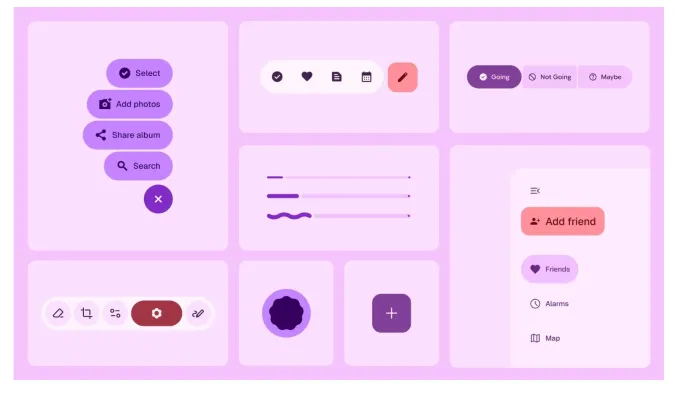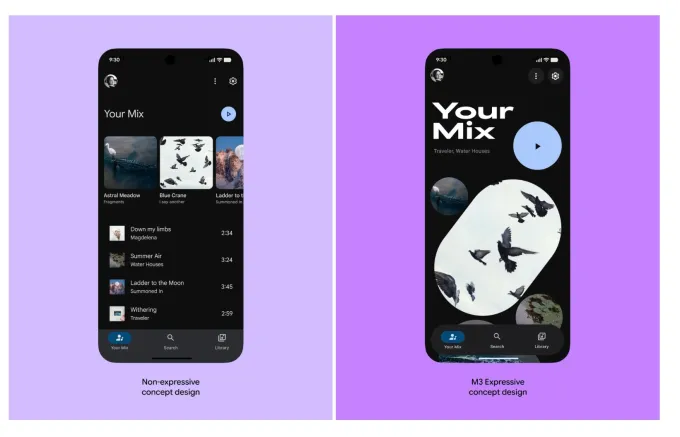Google plans to unveil Material 3 Expressive at I/O, a bold new design style of Android.
For all of you techies out there, be aware! Google's got an exciting redesign up its sleeve. We'll get a preview of their updated Android design language at the next Google I/O developer conference. Based on some unintentionally spilled information on an event schedule and a short-lived Google blog post, it's clear that big things are on the horizon. The new Android design system will be moving from "Material 3" to the more expressive "Material Design 3 Expressive," shifting its focus onto crafting user interfaces that stir up emotions.
Now, such changes are going to send some ripples through the app development universe. They'll dictate how app developers create applications on the platform and enhance user experiences, shaping the overall vibe on all Android devices.
While we might not have the minute details of how Material 3 Expressive is slated to work substance-wise, the fleeting blog post did drop us some broad-stroke context, hinting that this new system will strut its stuff with an audacious blend of shape and colour, ensuring user experiences are nothing short of delightful.
To jog your memory, Google's open-source design system, Material Design, came into existence in 2014. It has been the blueprint when it comes to designing user interfaces for Android applications, covering everything from visuals and motion to interaction. Material Design then saw a refresh last year with the launch of “Material You” (aka Material 3) in May 2021, a design that learns with you and contours itself to your personal preferences. For instance, a change to your wallpaper sees a corresponding shift in the Android experience, syncing with your chosen colours.
The upcoming transition to Material 3 Expressive could be less of a full-on revamp and more of an expressive extension of the Material You language.

Image Credits: Google (via 9to5Google)
Notably, the leaked post delved into the thought process and research supporting this update. When studied, people seemed to appreciate a design that was not only easy on the eyes but also improved usability. A design that draws the eye to key elements and encourages user interaction promised sizable performance leaps. What's more, this kind of design also tends to bridge generational gaps, making apps more user-friendly for the older adults.
To balance this out, Google stressed that an expressive design doesn’t fit all circumstances. App creators will need to continue respecting and incorporating established design patterns and standards when tailoring their interfaces.

Image Credits: Google (via 9to5Google)
This news was first dug up by 9to5Google and subsequently archivated by the Wayback Machine, despite Google acting swiftly to pull the post. "Build next-level UX with Material 3 Expressive" is the title of an I/O session that signals Google is prepared to introduce this new design system at its next developer conference.
The session will give developers an insight into how they can leverage new emotional design patterns to spike engagement, improve usability, and make their product more appealing. Before the latest updates are made public, Google even intends to publish files and alpha code so that developers can get their hands dirty.